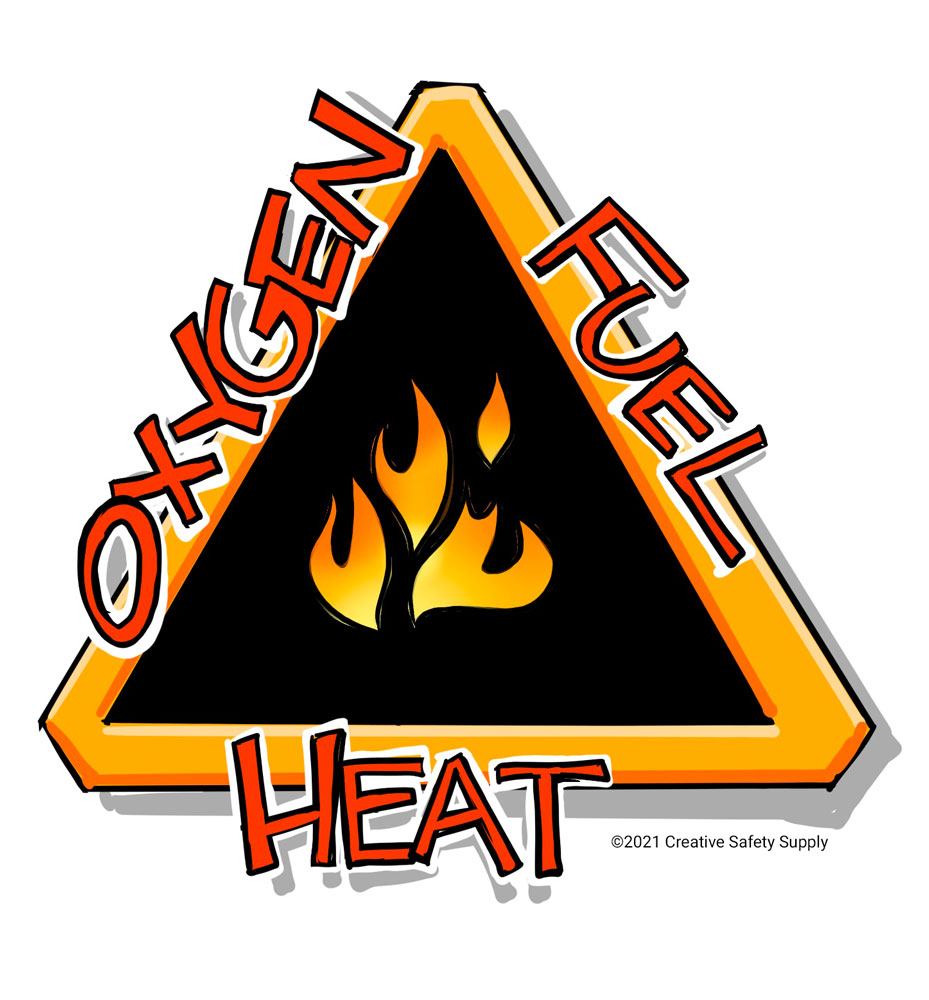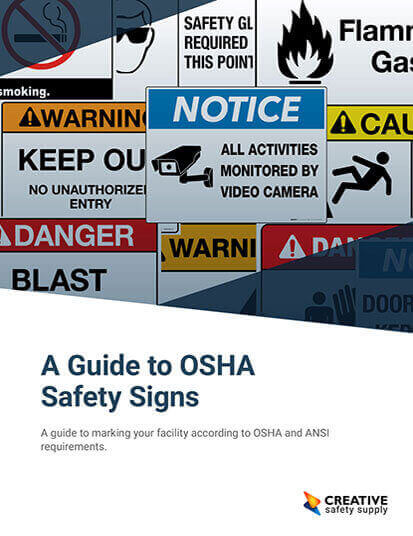
LEL (lower explosive limit) and LFL (lower flammable limit) are used interchangeably according to fire science literature and regulation. The LEL is the defined minimum concentration of gases and vapors suspended in the air that allows for ignition in the presence of an energy source. On the opposite spectrum, there is the UEL (upper flammable limit) which is the maximum concentration of vapor or gas that will allow for ignition. Anything above that specific concentration level will not ignite. LEL and UEL are terms commonly used in the oil and gas industry as well as shipyards due to the frequency of working in confined spaces in the presence of chemical vapors and gases. Other working environments that often cause ignition hazards regarding both LEL and UEL are present in drying paints, cleaning with acids or solvents, and even the fermentation and decomposition process.
Another large part of understanding the LEL of these combustion hazards involves the fire triangle model. This model has a big part in determining when these types of explosions and fire hazards have the chance to occur. Before combustion, there are three parts needed for ignition and those are an oxidizing agent (usually oxygen), heat (an ignition source), and fuel (the combustible gas). However, these three requirements change when different combustible gases are present. Not only that, but the flammable range for each of those gases will also differ when oxygen levels change from the normal oxygen saturation of 21%.
OSHA Guidelines + LEL
Guidelines supported by OSHA exist in an attempt to help employers comply with regulations concerning confined space. By following these guidelines, the prevention of accidents involving volatile chemical explosions is attainable. One of these guidelines involving LEL, for example, is located in section 1915.12(b)(3). OSHA states “Atmospheres with a concentration of flammable vapors at or above 10 percent of the lower explosive level (LEL) are considered hazardous when located in confined spaces. However, atmospheres with flammable vapors below 10 percent of the LEL are not necessarily safe.” To follow this guideline, care should be taken to perform a fire risk assessment to identify any leaks and doing as much as possible outside the confined space itself where work is required.
Additional LEL and UEL Facts:
- LEL and UEL are not fixed values, but depend on the temperature, pressure, and composition of the gas-air mixture. For example, the LEL of methane decreases from 5% to 4.4% as the temperature increases from 0°C to 60°C. The UEL of propane decreases from 9.5% to 8.1% as the pressure increases from 1 atm to 10 atm. Source: https://www.cdc.gov/niosh/docs/2022-155/2022-155.pdf?id=10.26616/NIOSHPUB2022155
- LEL and UEL are also affected by the presence of inert gases, such as nitrogen or carbon dioxide, which dilute the flammable gas and reduce its reactivity. For example, the LEL of hydrogen increases from 4% to 5.3% when the oxygen concentration decreases from 21% to 15% due to nitrogen dilution. The UEL of ethylene decreases from 36% to 28% when the carbon dioxide concentration increases from 0% to 10%. Source: https://www.researchgate.net/figure/Nitrogen-dilution-effect-on-the-flammability-limits-of-methane_fig4_263960114
- LEL and UEL can be measured using different methods, such as catalytic combustion, infrared absorption, thermal conductivity, or ionization. Each method has its advantages and disadvantages, depending on the type of gas, the environmental conditions, and the accuracy required. For example, catalytic combustion sensors are fast and sensitive, but can be poisoned by sulfur or silicon compounds. Infrared absorption sensors are selective and stable, but can be affected by water vapor or dust. Source: https://blog.projectmaterials.com/instrumentation/lel-uel-explosive-gas/
- LEL and UEL are important parameters for designing and operating safe systems that involve flammable gases. For example, gas detectors are used to monitor the gas concentration and alert the operators if it approaches the LEL or UEL. Ventilation systems are used to dilute the gas and keep it below the LEL. Ignition sources are eliminated or controlled to prevent sparks or flames. Explosion-proof equipment is used to contain or suppress any potential explosions. Source: https://whatispiping.com/lower-explosive-limits-lel-upper-explosive-limits-uel/
Similar Questions
- What is H2S?
- What are hazards in a confined space?
- What is a confined space?
- What are hazard controls?
- How are hazards controlled in a confined space?
- What are common hazards at a construction site?
- What’s inside a first aid kit?
- How are accidents at the workplace prevented?
- How can workplaces make safety a priority?


